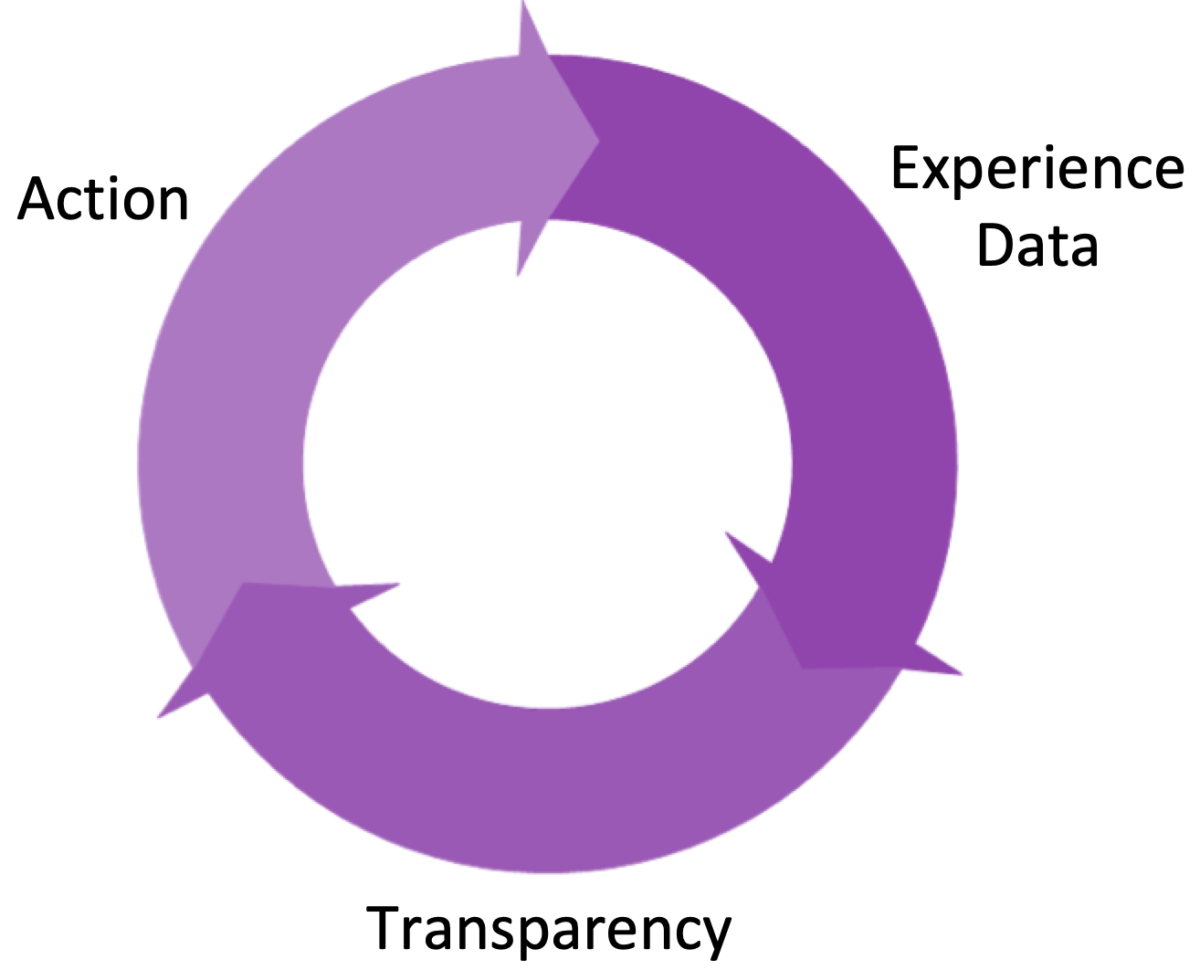SAP’s overriding theme was “X data + O data,” experience data combined with operations data. This came up both in Bill McDermott’s keynote of the Global Partner Summit and his opening keynote of SAPPHIRE itself. It was reinforced in the keynote of Hasso Plattner, SAP’s co-founder and Chairman, the following day in his discussions with Jared Smith, COO of Qualtrics.
The difficulties with experience data
While SAP is a leader in operational data, there are inherent difficulties in collecting and interpreting experience data. The first, that I face every day, is that it is increasingly difficult to get people interested in telling you about their experiences. Everyone out there is succumbing to survey fatigue, and I don’t imagine this is an issue that will get any better. This is clearly an issue for everyone trying to collect X data, not just SAP and its customers, and we need to be diligent and compassionate to be able to connect with those being surveyed.
There’s also the question of what the X data will be compared to and how it can be understood. How will companies know whether the data signals a good, bad or mediocre experience? In manufacturing, say, there are standard benchmarks for consistent quality, but in experience data we need to be able to compare across similar experiences in different firms or industries. At Raven Intel, we pride ourselves on our independence out of principal, but it also has the distinct advantage of allowing us to get reviews across platforms, which means we can truly point to “best-in-class” and understand how which partners and ecosystems are at the top of the pile and which are not.
How does Transparency fit in with X data?
Between X and O, we’ve got measurement covered, but what about transparency? I would argue that having transparency is the thing that makes the collection of experience data sustainable. People will only continue to provide feedback if they feel it makes a difference and that they’re being heard. Transparency along with action create a virtuous circle with experience data leading to greater engagement and customer satisfaction. (See a great case study of how BMW changed their customer experience with data tied to action by Diginomica’s Phil Wainewright.) Having data in the first place is a necessary first step to transparency. After all, you can’t share what you don’t know.
It fits very well with Raven Intel’s ethos of amplifying the voice of the customer – gathering the stories of cloud projects and sharing them out on Raven Intel for others to benefit from. Before SAP came up with the nice short-hand of X+O data, that’s what we’ve been collecting at Raven Intel. We ask about customer satisfaction (that’s the X part) and we ask for more details, like on-time & on-budget delivery (that’s the O part).We’re seeing an increase in the number of software vendors and implementation partners who are interested in engaging in these ideas of measurement and transparency, which will benefit the end customer in terms of getting a better project. It also benefits the firm, aiding in the introspection needed to identify areas of improvement and capitalizing on strengths.
Where is all this X+O going to happen?
If the overriding theme was X+O data, the underlying message of SAPPHIRE was “cloud, cloud, cloud.” It’s clear that SAP wants new business to be in the cloud and existing business to move there sooner rather than later. Hasso Plattner announced that future application development would for cloud products first, and only when any changes were stabilized in the cloud would they be developed and rolled out for on-premise solutions. While there certainly is a valid business case to be made for this, that updates are much more easily applied in the cloud, it also makes very clear to on-prem customers that they will not be in line for the cutting edge developments. (To get customer stories around moving to the cloud, check out this piece by Raven Intel’s very own Bonnie Tinder.)
SAP also announced Project Embrace, which outlines the migration journey to cloud hosting services, which SAP are calling hyperscalers, such as AWS, Microsoft Azure and Alibaba. As migrations to the cloud accelerate and the partner ecosystem performing this work grows, there will be a need to understand which partners are performing well.
While collecting experience data is challenging, SAP’s Qualtrics tool will help SAP and their customers take their major steps into that world. Wherever experience measurement is done, challenges remain in interpreting the data. What is best-in-class employee engagement for paralegals or manufacturing line managers? We need to have benchmarks to help. Then comes transparency, which I argue must be tied to action in order to make experience data collection sustainable. The foundations are being laid for a blossoming of experience data. It will bear fruit when it is combined with fundamental shifts in openness leading to change. This will lead to trust that providing feedback is worthwhile.



